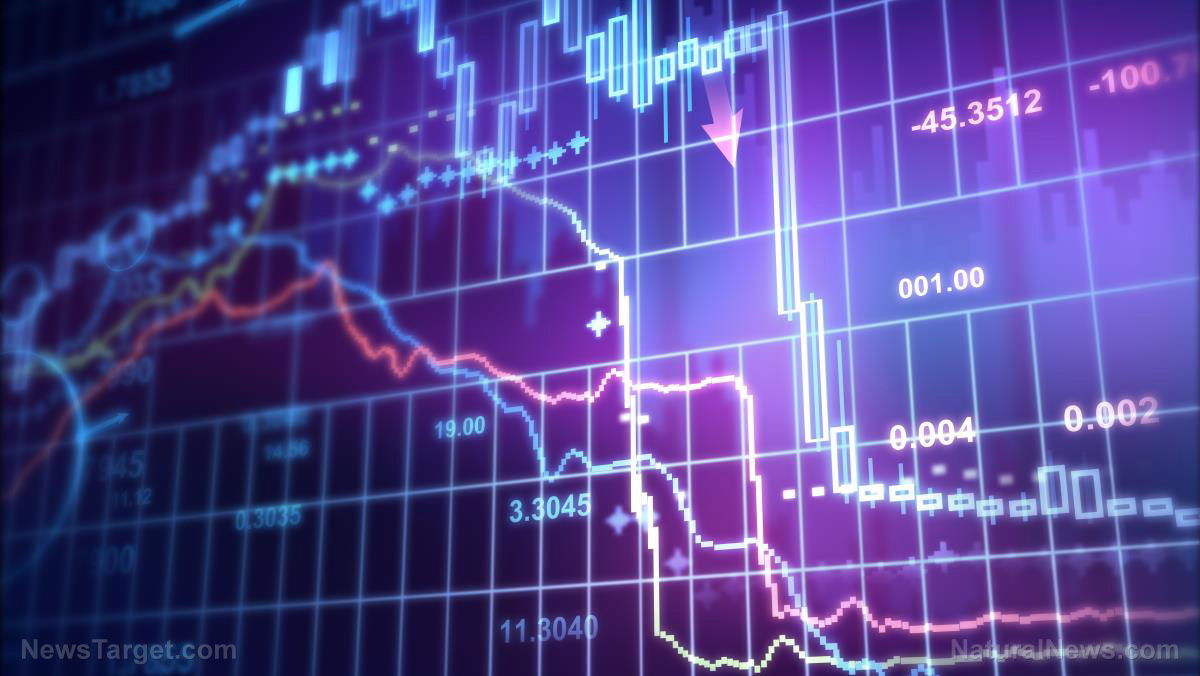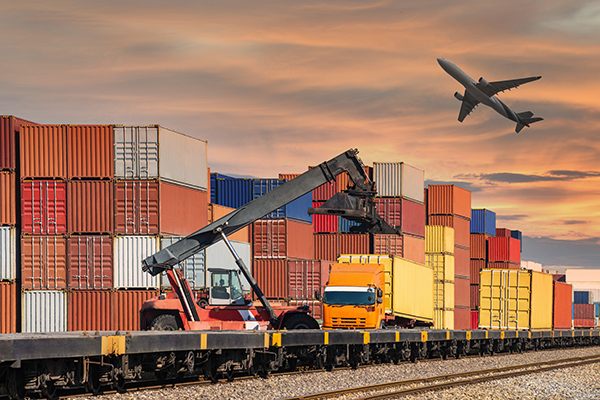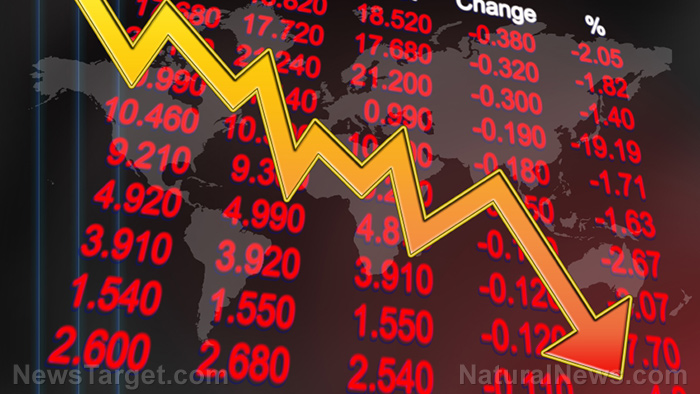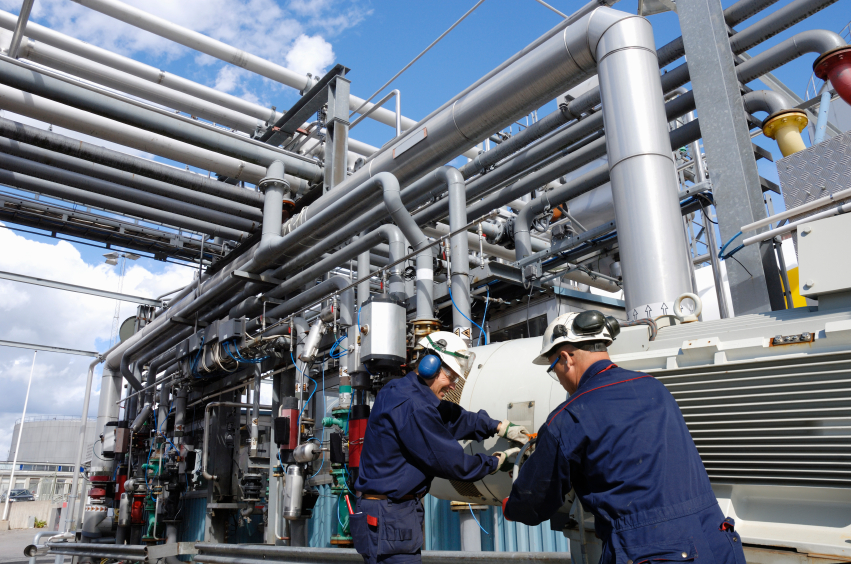Apple shuts down Foxconn facility in China due to coronavirus (no more iPhones?)
02/15/2020 / By Ethan Huff

While most people are focused on the direct human impact of the Wuhan coronavirus in terms of its risk of spread, far fewer are paying attention to the dire economic impacts of having to keep Chinese factories closed due to the outbreak, including at least one factory owned and operated by Apple iPhone maker Foxconn.
According to reports, Foxconn recently warned its staff to stay far, far away from its Shenzhen facility where they all otherwise would have returned to work after the recent conclusion of the Lunar New Year break on February 10.
Instead of ramping up its production machines and churning out new iPhones for the masses this past week, Foxconn Shenzhen is still closed, and will remain so indefinitely. This is according to a memo that was obtained by Bloomberg News, which explains that Foxconn’s Chinese headquarters will need to stay shuttered to protect not only the tens of thousands of employees who normally work there, but also the surrounding community.
“To safeguard everyone’s health and safety and comply with government virus prevention measures, we urge you not to return to Shenzhen,” the company told its employees, many of whom are out-of-towners that would have had to drive or fly back to Shenzhen after the holiday.
“We’ll update you on the situation in the city,” this memo further stated. “The company will protect everyone’s work-related rights and interests in the duration. As for the happy reunion date in Shenzhen, please wait for further notice.”
Listen below as Mike Adams, the Health Ranger, talks about how the global economy, including the stock market here in the United States, will eventually be impacted by the novel coronavirus:
Apple’s supply chain will be disrupted by this and likely other closures
As was also recently reported, other major corporations are feeling the burn of factory closures in China, including South Korea-based Hyundai and Kia, both of which are unable to receive critical parts from their Chinese suppliers because these suppliers aren’t currently operating.
In response to these and other expected disruptions, Hon Hai Precision Industry Co., Foxconn’s other name, has reportedly slashed its 2020 outlook in anticipation of Apple being unable to maintain its “carefully calibrated production chain.”
“As China’s largest private employer and a key partner to many of the world’s most recognizable consumer brands, Foxconn has become a high-profile symbol of how the outbreak could disrupt Chinese manufacturing and hence the world’s supply of made-in-China electronics,” warns Bloomberg News.
At this time, it remains unknown whether or not any of Foxconn’s other Chinese manufacturing facilities are also shuttering their operations. We do know that a Hon Hai facility in Zhengzhou did officially resume production on Feb. 10, with the caveat that all out-of-town workers returning from outside the province first be sequestered for two weeks.
“As a matter of policy and for reasons of commercial sensitivity, we do not comment on our specific production facilities,” Foxconn said in a statement when asked about the operating status of its other production facilities.
“We have been closely monitoring the current public health challenge linked to the coronavirus and we are applying all recommended health and hygiene practices to all aspects of our operations in the affected markets.”
As of this writing, the official infection count for the coronavirus is just under 65,000, with nearly 1,500 being reported dead from the disease. A more realistic estimate, however, is that there are probably more than 200,000 coronavirus infections, along with more than 20,000 deaths.
More episodes of The Health Ranger Report with Mike Adams are available at Brighteon.com.
You can also keep up with the latest coronavirus news by visiting Outbreak.news.
Sources for this article include:
Submit a correction >>
Tagged Under:
Apple, chaos, Collapse, comsumer electronics, coronavirus, disease, electronics, factories, Foxconn, Glitch, global emergency, infection, iPhones, made in China, novel coronavirus, outbreak, pandemic, production, risk, Study, supply chain, virus, Wuhan coronavirus
This article may contain statements that reflect the opinion of the author
RECENT NEWS & ARTICLES
COPYRIGHT © 2017 RISK NEWS




















